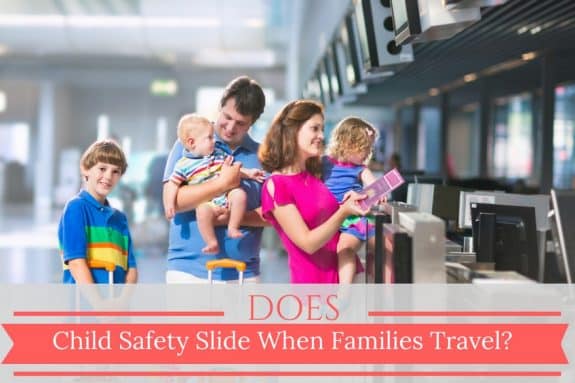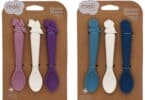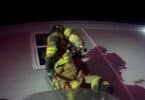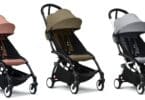A new report from the University of Michigan C. S. Mott Children’s National Poll suggests that some parents may overlook safety risks to their kids during travel. Common safety measures like using car seats may be allowed to slide during taxi, Uber and shared rides. The poll also identified other risks, including preventing easy access to medications, cleaning supplies, and even weapons at the places these travelers were staying.
Easing up on rules happens as each year millions of families with infants and small children travel for the holiday season. As they travel, they leave behind a carefully child-proofed home environment and their daily routines.
The poll asked parents with at least one child age 2-5 about their most recent travel habits.
Car crashes are a leading cause of death and injuries among toddlers, but 15% of respondents said that they did not put their child in a car seat for every ride on a recent trip. Planning for a car seat can be inconvenient at certain travel destinations but going without is never worth the risk. Many airlines allow parents to check a car seat at no cost. If you are taking a share, ride, ask first and reserve a car that comes with an appropriate toddler seat.
Three-quarters of parents surveyed did remember to safely store medications when traveling with their toddler, and about two-thirds of those asked also checked to be certain that cleaning supplies, guns and weapons were out of their child’s reach. Two-thirds of parents checked hot water temperatures at their destination. About 40% of parents reported taking all of these safety precautions, but 3% took none.
If you’re staying with friends or relatives, don’t be afraid to ask your hosts to put any of these potential dangers away, well out of your child’s reach. You can pack portable safety devices – cabinet latches to baby gates – to use on arrival, in both a home and a hotel setting.
Once at your destination, do a review from the toddler’s perspective to identify any potential hazards.
Traveling with children means a long to-do list of preparations. Don’t forget the most important thing to plan ahead for your child’s safety.







